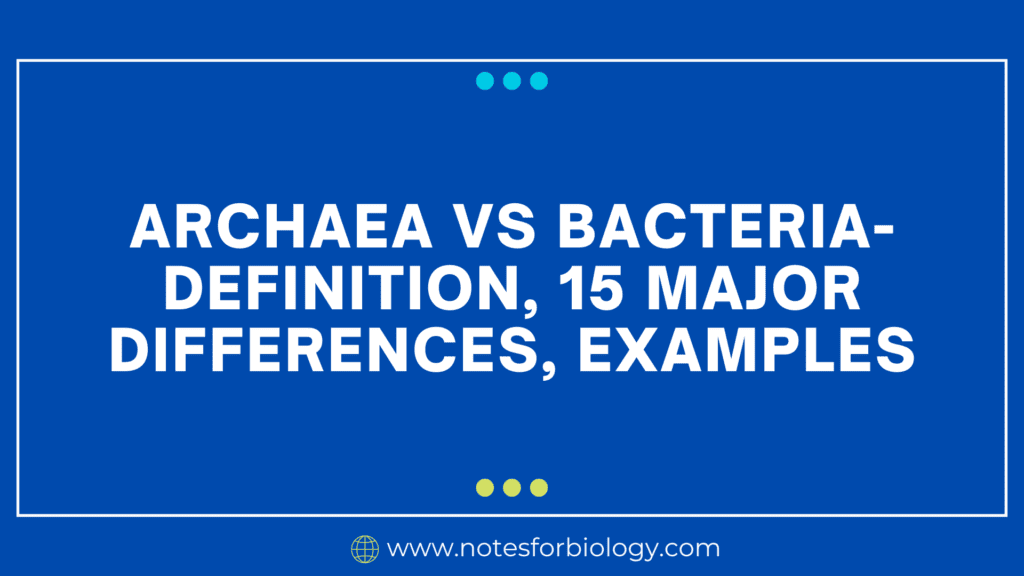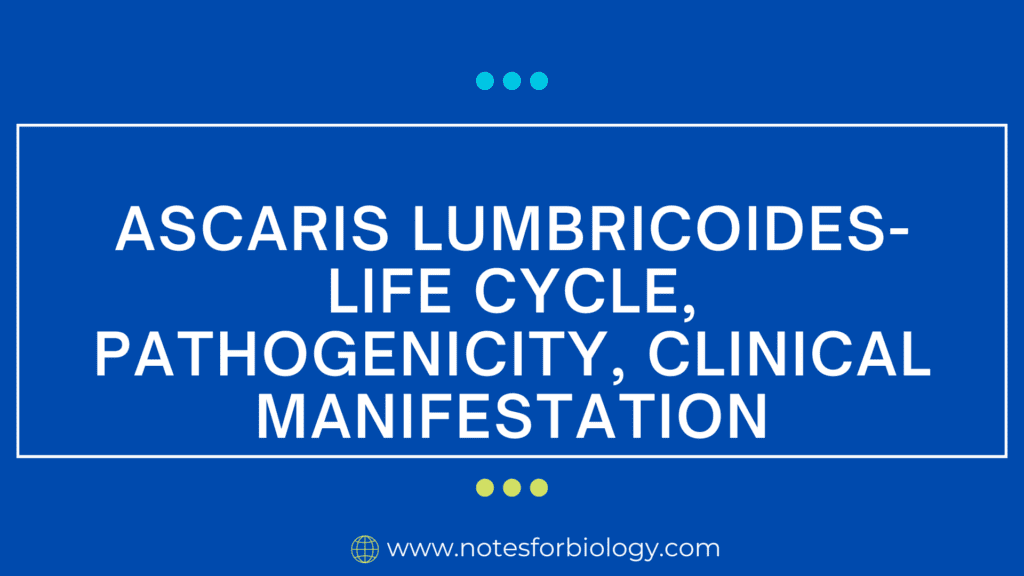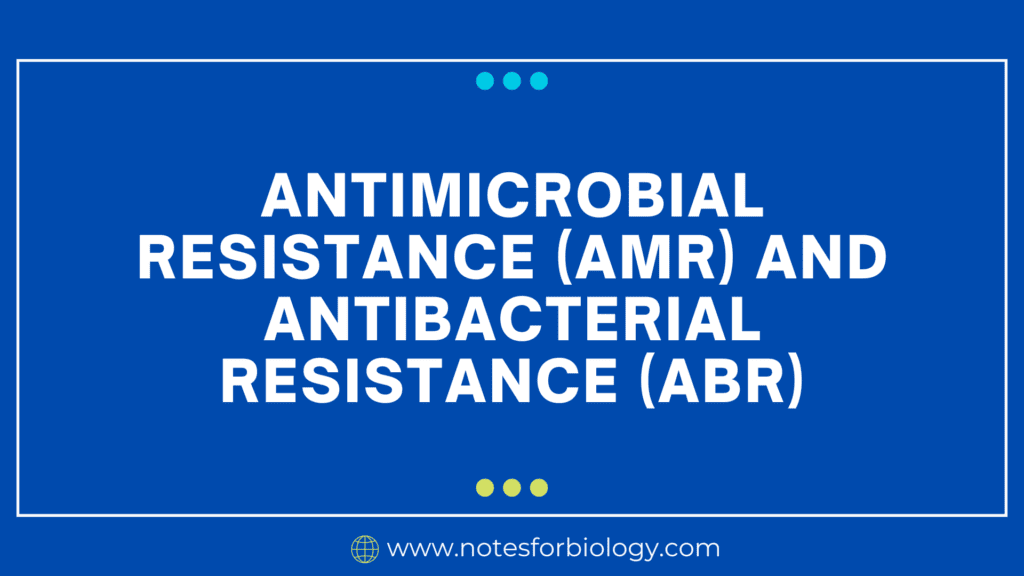Archaea vs Bacteria- Definition, 15 Major Differences, Examples
Despite their outward similarities, the prokaryotic microbes known as Archaea and Bacteria have different genetic, biochemical, and physiological traits. Below is a summary of their definitions, along with some key distinctions and instances. Definition of Archaea Archaea: The single-celled microorganisms known as archaea are related to bacteria but differ in their molecular and biochemical makeup. […]
Archaea vs Bacteria- Definition, 15 Major Differences, Examples Read More »










